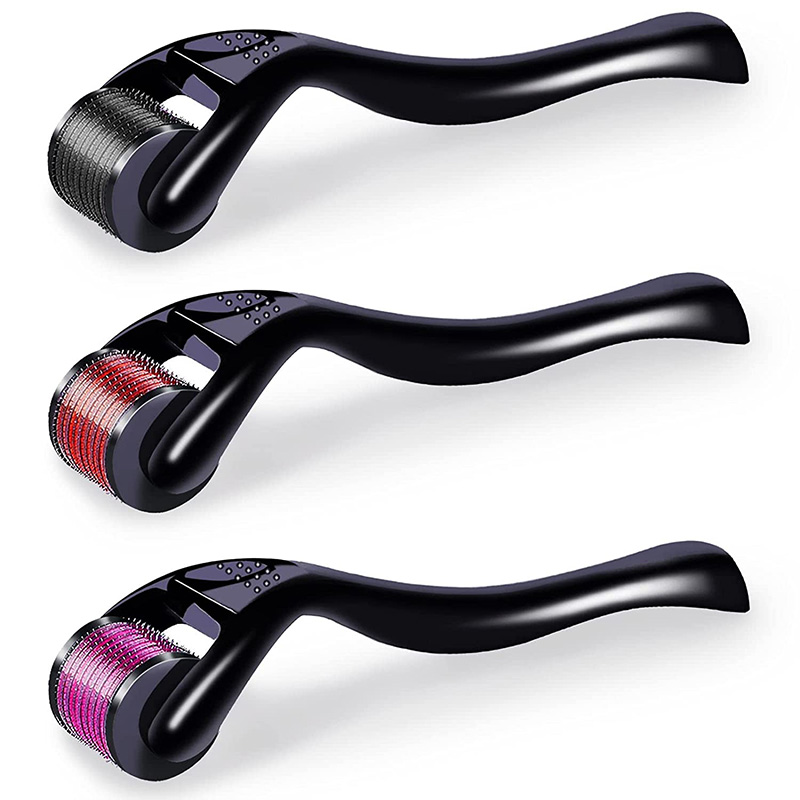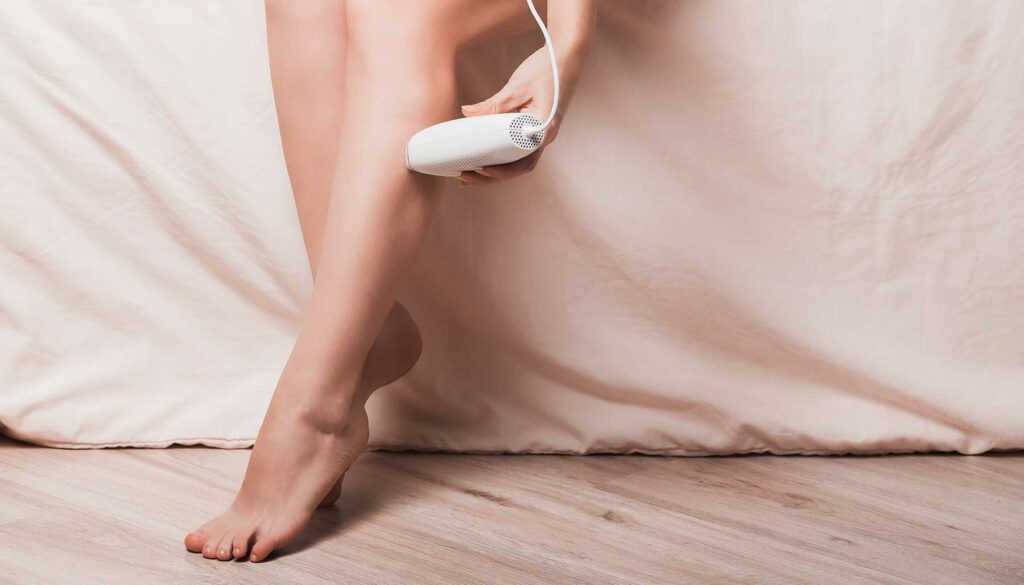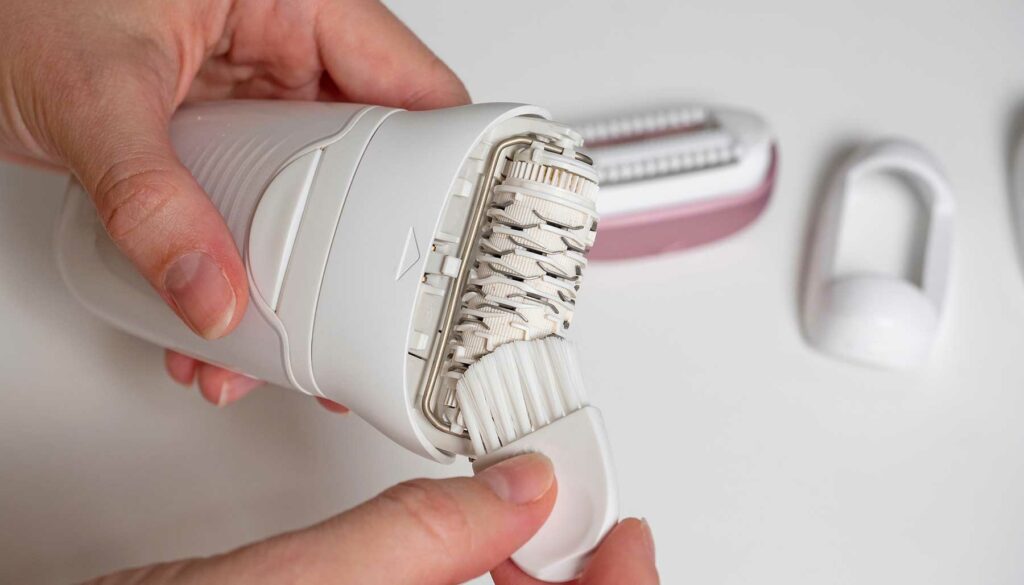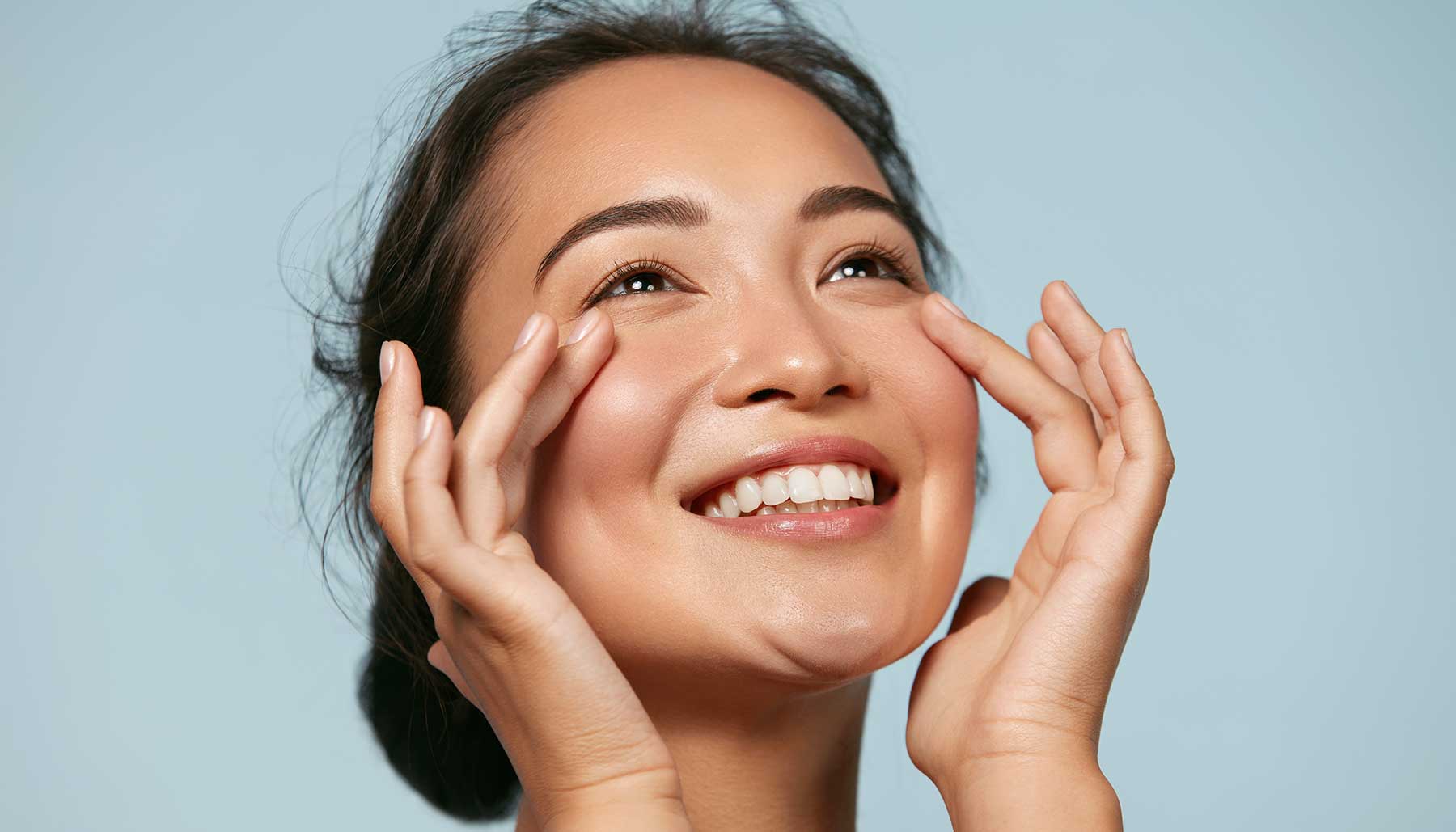At-home skincare devices are a dime a dozen. You can find them at big-box retailers, specialty stores, and everywhere online. Prices can be as little as a few dollars, all the way up to hundreds of dollars a pop.
They all promise to rival those pricy in-office treatments from professionals, too.
Are these at-home devices really worth the hype? Do they really produce the results promised, or are you better off saving your money?

These days, it seems like there’s a particular device for every skincare concern. Want to get rid of cellulite, or erase wrinkles? What about pesky age spots, visible pores, and acne? Ready to firm your face and plump your lips? And don’t get me started on hair removal from head to toe! Yep, there’s a device for all of those and more.
Do At-Home Skincare Devices Really Produce Results?
Here’s the thing, though: not all of these devices will give you the top-dollar results you’re after. I mean, if it sounds too good to be true, it probably is. There is only so much we can “fix” or alter on our own without help from a professional.
It’s always a good idea to keep expectations realistic when looking at at-home treatment options. Remember that nothing will give you the same results as a real medical professional in a med spa. That being said, there are plenty of skincare devices that do work. The results might be a little more subtle or take longer to achieve than those expensive in-office treatments, but hey, results are results! And these at-home devices might end up saving you tons of cash.
Let’s take a look at some at-home skincare devices that are worth it, and a few that aren’t.
Microneedling Derma Rollers

Using a derma roller at home will save you from paying anywhere from $200 to $700 per professional treatment. That alone was enough to convince me to pick up an inexpensive roller to try at home. Don’t expect drastic results like you can see from in-office microneedling treatments, but it can leave you with smoother and brighter-looking skin with continued use. Plus, it increases the absorption of all those face serums and creams.
If you want to know more about microneedling at home, I wrote more about it here.
Don’t expect this one to be painless. You’re puncturing your skin with tons of tiny needles, after all. But all in all, it’s really not that bad because the needles are fairly short and don’t penetrate very deep at all. There’s no bleeding or bruising, and no recovery time is needed.
Verdict: Give this one a go. You can’t correct more serious issues, but it does what it promises.
LED Light Masks
These are exactly what they sound like: devices that fit over your face and are illuminated by LED lights. They’re kind of scary looking to anyone else in the room with you! They use different spectrums of light to penetrate the skin and target various concerns. Blue light is supposed to target bacteria that cause acne, yellow reduces redness, and red stimulates circulation and collagen.
Clinical light therapy has been around for a long time, so there have at least been some studies done on the effects of light spectrums on the skin. However, some experts are wary of blue light exposure and its possible link to free radical damage.
Verdict: I don’t know if I believe the hype, and I’m wary of blue light exposure. But if you buy one, make sure it fits your face well and it’s labeled as FDA-cleared.
Microcurrent Devices
A microcurrent device promises to lift and tighten the skin and smooth lines on your face. How? By sending low-level electrical impulses to stimulate the muscles and cells in the face. It supposedly builds up the muscles, creating a taut, more sculpted look. It can also help stimulate collagen and elastin. As expected, an at-home microcurrent device is smaller and less powerful than a professional treatment.
The only setback here? A good microcurrent device is going to cost a pretty penny. Expect to shell out a few hundred bucks for one that will give you real results. However, many dermatologists do recommend them for their patients to use between in-office treatments.
Verdict: Worth it if you don’t mind the splurge. Skip the cheaper knockoffs on Amazon.
Dermaplaning Tool
There are both electric and manual dermaplaning tools available for personal use at home. In fact, you may have even used one of the disposable manual tools at some point, because they used to just be labeled as facial razors! Electric dermaplaning tools take it to the next level, of course. Essentially, you’re pulling your skill taut and using the tool at a 45-degree angle to remove dead skin cells and peach fuzz. It exfoliates, brightens your complexion, and evens out the texture.
You do have to be careful – you’re holding a blade to your face, after all. But dermaplaning tools are relatively easy to use, and they do exactly what you expect. Plus, removing all the dead skin will help your serums and creams go deeper.
Verdict: Totally worth it. These tools will do exactly what they promise. Disposable razors are incredibly cheap, and the beefed-up electric dermaplaning tools are relatively reasonable, too.
Jade or Rose Quartz Facial Rollers
Facial rollers are everywhere at this point. I feel like they’re the gateway tool into the world of skincare gadgets. While jade and rose quartz are pretty popular, you can find them made from all kinds of other stones, too. They are exactly what they sound like and super straightforward, too: you hold the handle, and roll it on your face.

I might get in trouble with a lot of beauty tool enthusiasts out there for this, but in my experience, stone facial rollers don’t deliver. They claim tons of skincare benefits, but they won’t do things like slimming your face or having permanent effects. And I’m sorry, but being made out of crystals and gemstones won’t provide benefits or cure anything, either.
If your expectations are realistic, though, you’re golden. Stone facial rollers are amazing for boosting blood flow, cooling, soothing skin, stimulating lymphatic drainage, and making you feel extra fancy as you use them to roll on serums and creams.
Verdict: Buy a cheap one and use it daily. It won’t tone or slim your face, but it’ll make you feel good.
IPL and Laser Devices
Intense Pulsed Light (IPL) devices and laser devices aren’t the same, with the key difference being the type of light used. But for the purpose of this list, we’re going to put them together because the at-home devices operate the same way. At-home IPL and laser hair removal devices both use strong pulses of light to target pigment in hair and damage the follicle.

Zap the follicle enough times, and the hair stops growing. You can’t use it on darker skin tones, and it won’t work on lighter colors of hair.
At-home devices aren’t nearly as strong as professional treatments, but they still get the job done – provided you have the patience to wait several months to see any results. You just have to be consistent, and do it a lot more often to see results. A good device won’t be cheap, but it’s still cheaper than a single visit to the med spa.
Verdict: It’s worth it if you fit the bill: light skin and dark hair. Don’t bother if you have light hair or darker skin.
Pore Vacuums
The idea of a pore vacuum sounds downright magical, doesn’t it? Just suck out all the yucky stuff clogging your pores, and you’ve got fresh, blemish-free skin. But unfortunately, it might not be as magical as we’d like it to be.
When used with the correct settings for your skin, you can actually physically extract gunk from your pores right before your eyes. However, not using the correct settings can create micro-tears, irritation, redness, broken capillaries, and even bruising. What’s worse than a blackhead? A perfectly circular hickey.
Verdict: Let’s just skip this one. Stick with chemical exfoliants, like salicylic acid, for treatment and prevention.
Epilator
Do you have a thing for torture devices? Because that is the only way I can see anyone buying this thing willingly. An epilator essentially pulls a bunch of hairs out all at once, but not in one quick, sleek move like with waxing. And while it certainly isn’t the only painful device on this list, it ranks pretty high. Plus, they aren’t even effective enough to justify the discomfort.

It won’t get all of the hair in one go, and many people say it leaves them still feeling a little prickly. The only upside is that it takes hair longer to grow back than with regular shaving.
I’m trying to figure out why these things are still being sold when there are so many more effective and less painful options out there.
Verdict: Huge resounding “no” for this one. You’re better off with literally any other method of hair removal.













